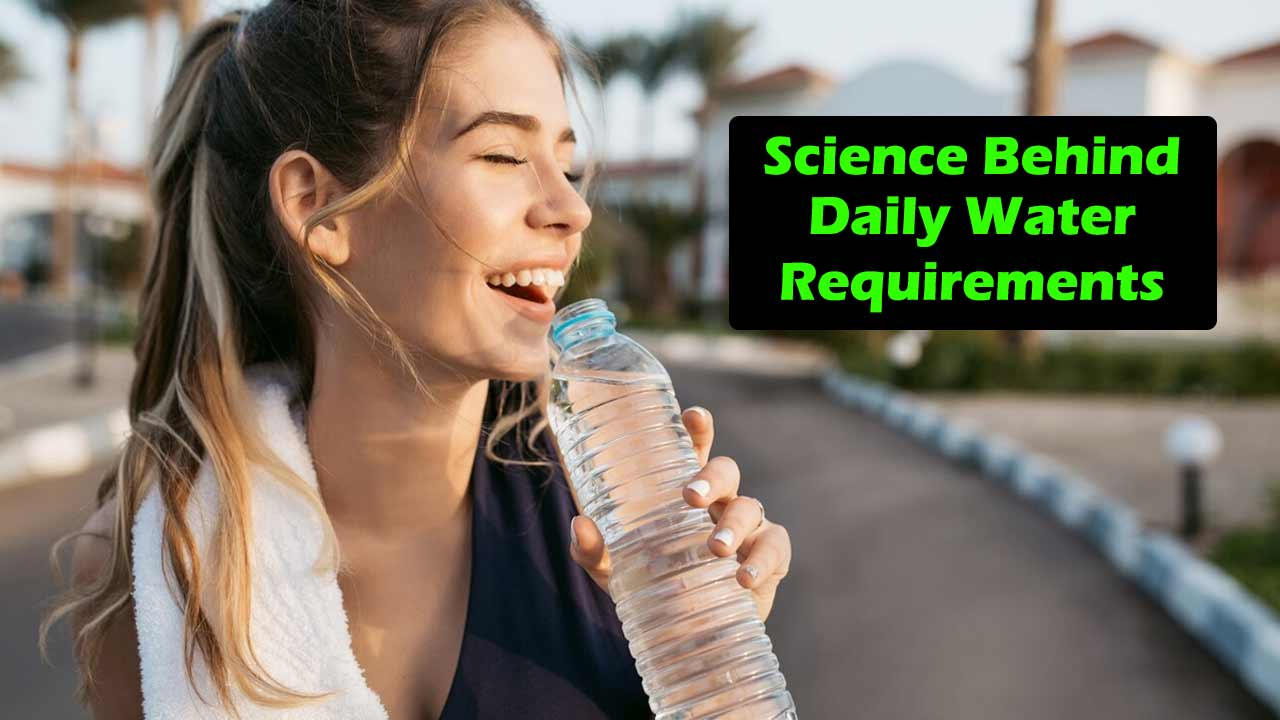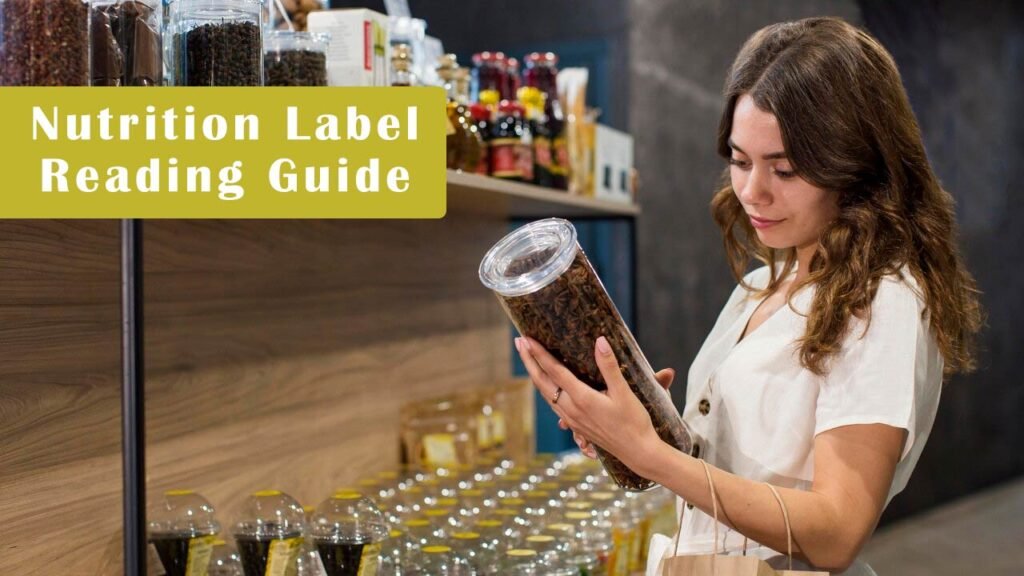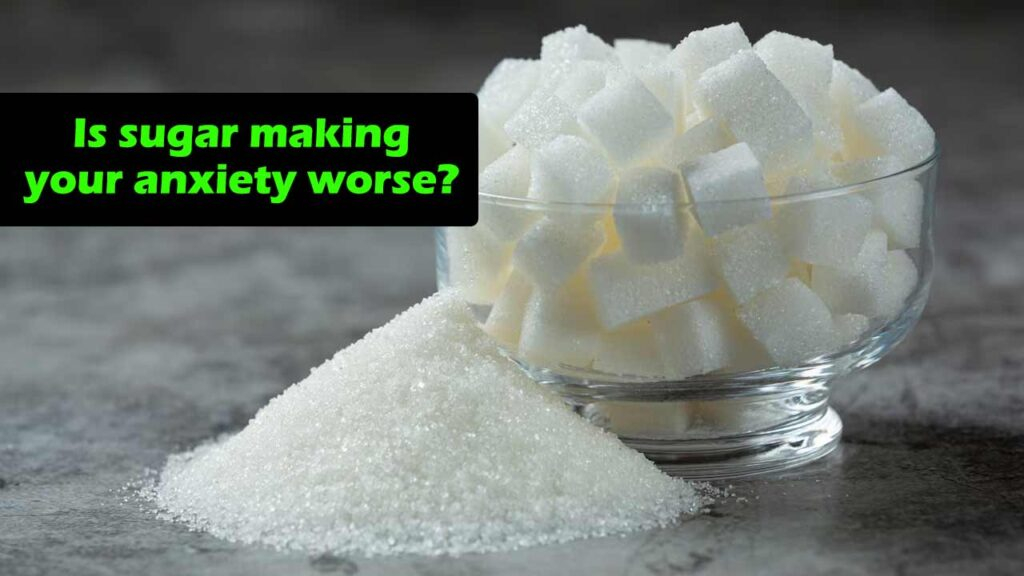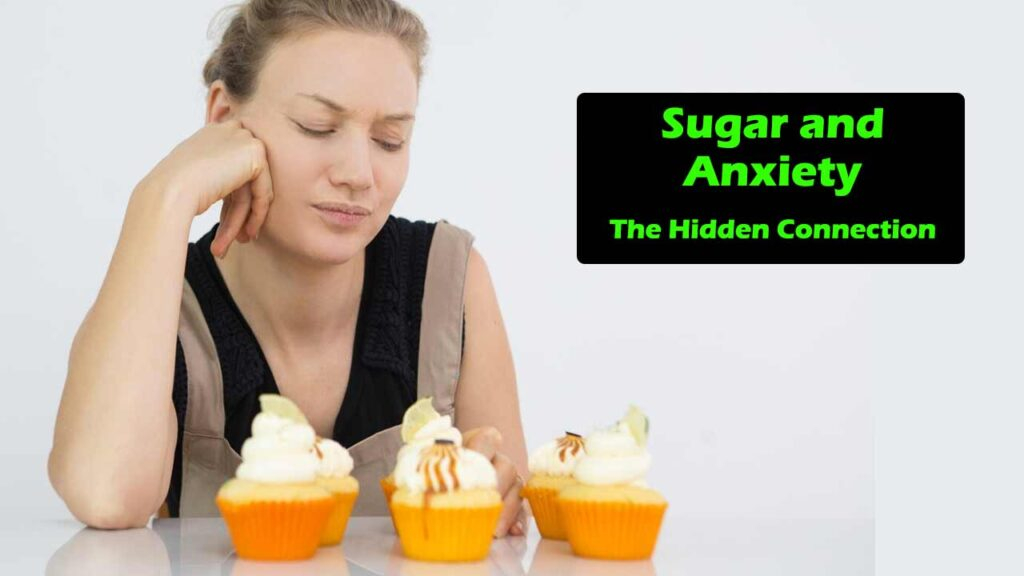The “8 glasses of water a day” rule has dominated health advice for decades. You’ve probably heard it from doctors, fitness trainers, and wellness influencers alike. But here’s the surprising truth: this widely accepted guideline lacks scientific backing and oversimplifies how hydration actually works.
Your body’s water needs are as unique as your fingerprint. They fluctuate based on countless factors, from the weather outside to what you ate for lunch. This post will help you understand what truly determines your hydration needs and how to develop a personalized approach that works for your lifestyle.
The Science Behind Daily Water Requirements
The Institute of Medicine provides more nuanced recommendations than the oversimplified “8 glasses” rule. They suggest approximately 15.5 cups (3.7 liters) of fluids daily for men and 11.5 cups (2.7 liters) for women. However, these numbers include all fluids—not just plain water.
Research shows that about 80% of your fluid intake comes from beverages, while 20% comes from food. This means that morning coffee, the milk in your cereal, and water-rich foods like watermelon and soup all contribute to your daily hydration.
Dr. Heinz Valtin, a kidney specialist and professor emeritus at Dartmouth Medical School, conducted extensive research on hydration myths. His findings, published in the American Journal of Physiology, revealed no scientific evidence supporting the “8 glasses a day” recommendation for healthy adults living in temperate climates.
What Really Affects Your Water Needs
Physical Activity Level
Exercise dramatically increases your fluid requirements. When you sweat, you lose both water and electrolytes. The American College of Sports Medicine recommends drinking 16-24 ounces of fluid for every pound of body weight lost during exercise.
Endurance athletes face even greater challenges. Marathon runners can lose 2-3 liters of sweat per hour in hot conditions. For these individuals, plain water isn’t enough—they need electrolyte replacement to maintain proper sodium balance.
Climate and Environment
Hot, humid weather increases your fluid needs significantly. Your body works harder to cool itself through sweating, which depletes water stores more rapidly. Air conditioning and heating systems also affect hydration by reducing humidity levels.
High altitude environments present unique challenges. The dry air at elevation increases respiratory water loss, while the body’s initial response to altitude can include increased urination. Mountain climbers and skiers often need 1.5-2 liters more fluid daily than at sea level.
Body Size and Composition
Larger people generally need more water than smaller individuals. Muscle tissue contains more water than fat tissue, so people with higher muscle mass typically require more fluids. Age also plays a role—older adults have a diminished thirst response and lower total body water content.
Pregnancy and breastfeeding significantly increase fluid needs. Pregnant women need about 10 cups of fluids daily, while breastfeeding mothers require approximately 16 cups to support milk production.
Diet and Medications
Your food choices impact hydration more than you might realize. Caffeinated beverages were once thought to be dehydrating, but research shows they contribute to overall fluid balance. However, alcohol does have a diuretic effect, increasing fluid losses.
Certain medications affect water balance. Diuretics, blood pressure medications, and some antidepressants can increase fluid requirements. Always consult your healthcare provider about how medications might affect your hydration needs.
Recognizing Dehydration Signs
Early Warning Signals
Your body provides clear signals when it needs more fluids, but many people ignore these early warnings. Thirst is actually a late indicator—by the time you feel thirsty, you’re already mildly dehydrated.
Dark yellow urine is one of the most reliable indicators of dehydration. Pale yellow urine typically signals adequate hydration, while clear urine might indicate overhydration. The exception is first-morning urine, which is naturally more concentrated.
Fatigue and headaches often stem from mild dehydration. Even a 2% decrease in body water can impair cognitive function and mood. Many people reach for coffee or pain relievers when a glass of water might be more effective.
Advanced Dehydration Symptoms
Severe dehydration requires immediate medical attention. Warning signs include dizziness, rapid heartbeat, confusion, and decreased urination. Skin that doesn’t bounce back quickly when pinched (called “tenting”) indicates serious fluid loss.
Older adults face higher risks because their thirst sensation diminishes with age. They’re also more likely to take medications that affect fluid balance. Family members should monitor elderly relatives for signs of dehydration, especially during hot weather.
Effective Hydration Strategies
Timing Your Fluid Intake
Spreading water consumption throughout the day works better than drinking large amounts at once. Your kidneys can only process about 0.8-1.0 liters per hour, so excessive intake gets eliminated rather than absorbed.
Starting your day with a glass of water helps replenish overnight losses. Keep a water bottle visible at your desk or workspace as a visual reminder to drink regularly. Setting phone reminders can help establish consistent hydration habits.
Food-Based Hydration
Many fruits and vegetables contain 80-90% water. Cucumbers, watermelon, oranges, and tomatoes are excellent hydration sources. Soups, smoothies, and yogurt also contribute significantly to fluid intake.
Milk provides superior hydration compared to water or sports drinks, according to research from Scotland’s St. Andrews University. The protein, carbohydrates, and electrolytes in milk help the body retain fluids more effectively.
Quality Over Quantity
The source of your water matters less than consistency. Tap water, filtered water, and most bottled waters provide adequate hydration. However, water quality concerns in some areas make filtration systems worthwhile investments.
Electrolyte balance becomes crucial during intense exercise or hot weather. Natural options like coconut water or adding a pinch of sea salt to water can be more effective than commercial sports drinks, which often contain excessive sugar.
Special Considerations for Different Groups
Athletes and Active Individuals
Pre-exercise hydration should begin several hours before activity. Drink 16-20 ounces of water 2-3 hours before exercise, then another 8 ounces 15-20 minutes before starting.
During exercise lasting longer than an hour, aim for 6-8 ounces every 15-20 minutes. Post-exercise hydration should replace 150% of fluid losses to account for continued sweating and increased urination.
Children and Adolescents
Children have higher surface area-to-body weight ratios, making them more susceptible to dehydration. They also have less developed thirst mechanisms and may not recognize dehydration symptoms.
Active children need 3-8 ounces of fluid every 20 minutes during sports activities. Flavored water or diluted fruit juices can encourage fluid intake in children who resist plain water.
Older Adults
Aging reduces total body water content and kidney function. Older adults also produce less concentrated urine, leading to higher fluid losses. Medications commonly prescribed to seniors can further complicate hydration status.
Creating structured hydration routines helps overcome diminished thirst responses. Keeping water bottles in frequently used locations and drinking with meals can prevent dehydration in older adults.
Overhydration: When Too Much Water Becomes Dangerous
Water intoxication, or hyponatremia, occurs when excessive water intake dilutes blood sodium levels. This potentially fatal condition most commonly affects endurance athletes who drink too much plain water without replacing electrolytes.
Symptoms of overhydration include headache, nausea, confusion, and swelling. In severe cases, brain swelling can cause seizures or coma. The key is maintaining electrolyte balance alongside adequate hydration.
Your Personal Hydration Plan
Listen to Your Body
Your thirst mechanism, while not perfect, provides valuable guidance. Trust your body’s signals and adjust intake based on circumstances. Hot weather, illness, and increased activity all warrant additional fluids.
Monitor your urine color throughout the day. Aim for pale yellow, adjusting intake if it becomes too dark or completely clear. This simple check provides immediate feedback on hydration status.
Create Sustainable Habits
Start each day with water to establish a routine. Keep fluids visible and accessible throughout your environment. Choose beverages you enjoy—forcing yourself to drink plain water when you prefer other options reduces compliance.
Consider your lifestyle when planning hydration strategies. Office workers might benefit from larger water bottles, while active individuals need portable options. Parents should model good hydration habits for their children.
Track and Adjust
Keep a hydration log for a week to identify patterns. Note how different activities, weather conditions, and foods affect your fluid needs. This awareness helps you anticipate requirements rather than react to thirst.
Use technology wisely. Hydration apps can provide helpful reminders, but don’t become obsessed with hitting arbitrary targets. Your body’s needs fluctuate daily, and rigid rules rarely accommodate this variability.
Building Lifelong Healthy Hydration Habits
Optimal hydration isn’t about following universal rules—it’s about understanding your individual needs and responding appropriately. The “8 glasses a day” myth oversimplifies a complex biological process that varies dramatically between individuals and circumstances.
Focus on consistency rather than perfection. Pay attention to your body’s signals, adjust for environmental factors, and remember that all fluids contribute to hydration. Whether you prefer water, herbal tea, or milk, the key is maintaining adequate intake without obsessing over exact amounts.
Your hydration needs will change throughout your life. Pregnancy, aging, medication changes, and activity level shifts all require adjustments. Stay flexible and be willing to modify your approach as circumstances change.
The most sustainable hydration strategy is one that fits seamlessly into your daily routine. Start with small changes, build gradually, and trust your body’s remarkable ability to maintain fluid balance when given proper support.
FAQs
Can I drink too much water?
No, overhydration (hyponatremia) can be dangerous. It occurs when excessive water intake dilutes blood sodium levels. Symptoms include headache, nausea, and confusion. This typically happens only with extreme overconsumption.
Do caffeinated drinks count toward daily fluid intake?
Yes, research shows that caffeinated beverages like coffee and tea contribute to overall hydration. While caffeine has mild diuretic effects, the water content more than compensates for any increased urination.
How can I tell if I’m dehydrated?
Check your urine color—pale yellow means you’re hydrated, while dark yellow signals dehydration. Other early signs include fatigue, headaches, and dry mouth. Severe dehydration can cause dizziness, rapid heartbeat, and confusion.
Does coffee dehydrate you?
No, moderate caffeine intake doesn’t dehydrate you. While caffeine has a mild diuretic effect, coffee still contributes to your daily fluid intake. Alcohol, however, increases fluid loss.
What foods help with hydration?
Water-rich foods like cucumbers, watermelon, oranges, and soups provide about 20% of your daily fluids. Milk is also highly hydrating due to its electrolytes and nutrients.
Do older adults need more water?
Older adults have a diminished thirst response and are more prone to dehydration. They should drink water regularly, even if not thirsty, and monitor urine color.









